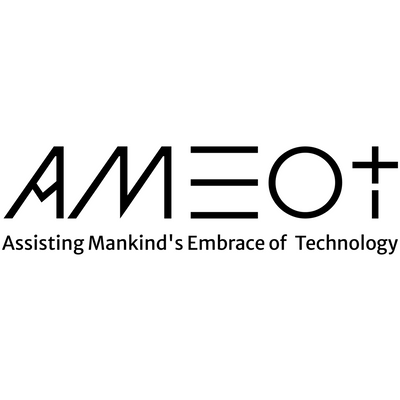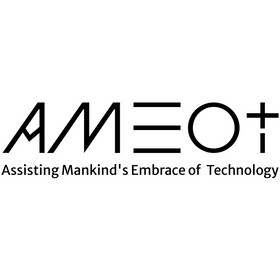AMEOT Reports: The Ransomware Epidemic: A State-by-State and Industry Analysis.
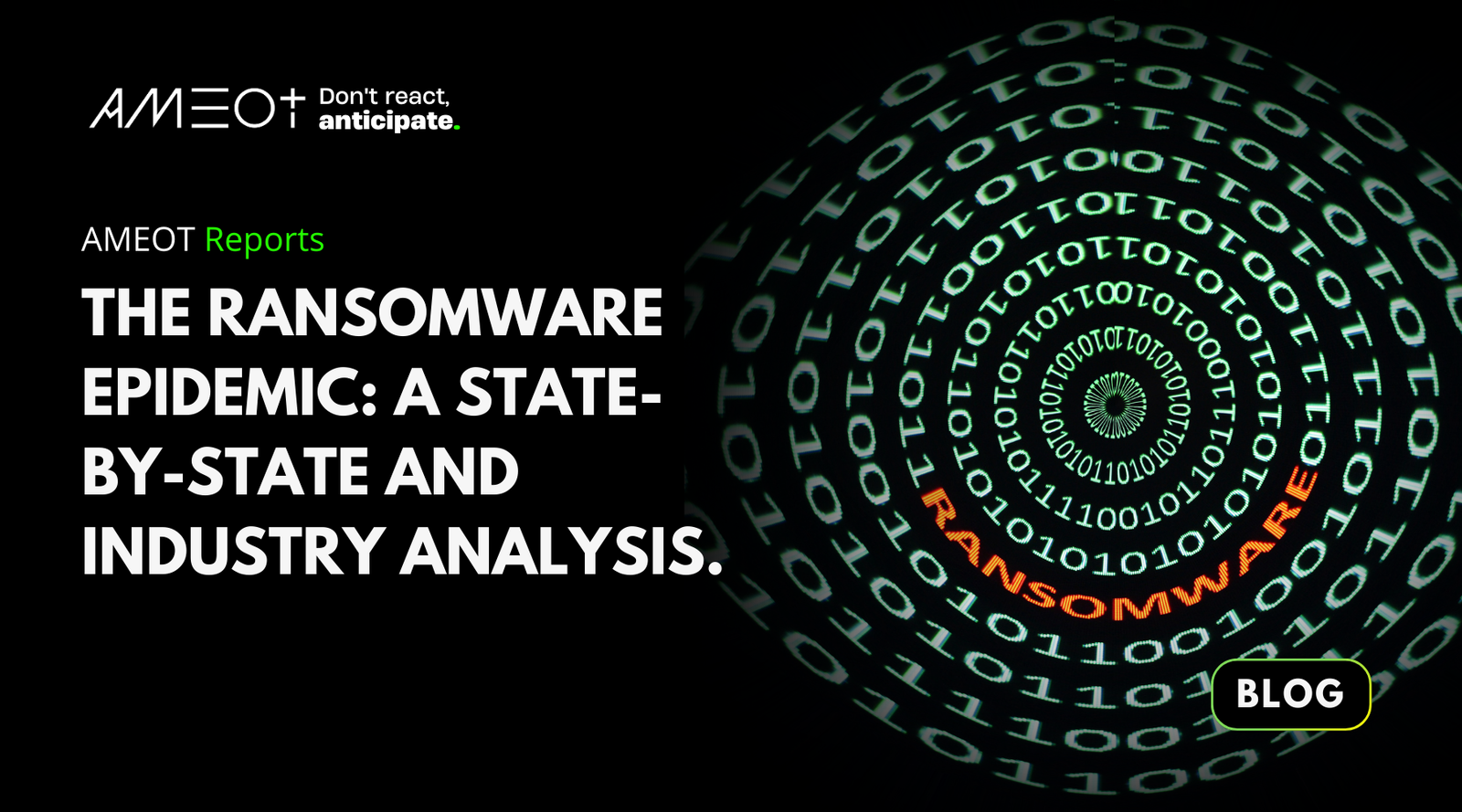
Ransomware has evolved into a pervasive threat, affecting various industries and states across the U.S. With cybercriminals continuously refining their tactics, it's crucial for organizations to understand the scope of these attacks and take proactive measures to safeguard their operations. In this blog, we’ll delve into ransomware attacks by state and industry, highlighting the extent of the epidemic and underscoring the value of AMEOT's Sentry suite in combating these threats.
Ransomware Attacks by State
- California: As a tech hub, California has seen numerous ransomware attacks targeting various sectors. In 2020, the state reported 33 ransomware incidents, with healthcare and education being the primary targets. The University of California, San Francisco, paid $1.14 million to regain access to their encrypted data .
- Texas: Texas has experienced significant ransomware activity, particularly in local government. In August 2019, 22 Texas municipalities were simultaneously attacked, highlighting the coordinated nature of modern ransomware campaigns. The estimated recovery cost was over $12 million .
- Florida: Florida is another hotspot, with attacks on both private and public sectors. Riviera Beach paid a $600,000 ransom to regain access to their systems in 2019, illustrating the high stakes involved .
- New York: New York has faced ransomware attacks across various industries, including healthcare and financial services. In 2020, the New York-based IT services company Synoptek was hit, leading to significant disruptions and recovery costs estimated in the millions .
- Maryland: Maryland's healthcare sector has been particularly hard-hit. In 2019, Baltimore's city government was paralyzed for weeks by a ransomware attack, costing the city over $18 million in recovery and lost revenue .
Ransomware Attacks by Industry
- Healthcare: The healthcare industry remains a prime target due to the critical nature of its data. According to a report by Sophos, 34% of healthcare organizations were hit by ransomware in 2020, with an average remediation cost of $1.27 million per incident .
- Education: Educational institutions have also been heavily targeted. The K-12 Cybersecurity Resource Center reported that ransomware attacks on schools increased by 18% in 2020, affecting operations and leading to significant financial losses .
- Government: Local and state governments are frequent targets due to their often outdated IT infrastructure. The 2019 Texas municipal attacks and the 2020 attack on the city of Durham, North Carolina, underscore the vulnerability of this sector .
- Finance: The financial sector, while typically more secure, is not immune. The 2020 ransomware attack on Finastra, a major fintech company, highlighted the potential for substantial financial and operational disruptions .
- Retail: Retail businesses have faced increasing ransomware threats, particularly during the COVID-19 pandemic. The 2020 attack on Barnes & Noble disrupted their online services and compromised customer data .
The Cost of Ransomware
The financial impact of ransomware is staggering. The average cost of a ransomware attack, including downtime, recovery, and ransom payments, was estimated to be $1.85 million in 2021, according to Sophos . However, these costs can vary widely based on the size and nature of the organization.
Why Ransomware Will Continue
Several factors suggest that ransomware attacks will persist:
- Financial Incentives: The high profitability of ransomware ensures its continued prevalence. Cybercriminals are financially motivated, and the rewards often outweigh the risks.
- Evolving Tactics: Ransomware groups continually refine their tactics, making it difficult for traditional security measures to keep up.
- Ransomware-as-a-Service (RaaS): This model allows less skilled attackers to purchase ransomware kits, expanding the pool of potential attackers.
The Value of AMEOT's Sentry Suite
AMEOT's Sentry suite offers a robust defense against ransomware, providing features such as advanced threat detection, automated response, and continuous monitoring. By proactively identifying and neutralizing threats before they can cause harm, Sentry helps organizations avoid the significant costs associated with ransomware attacks.
Conclusion
Ransomware is a pervasive and evolving threat that affects every state and industry in the U.S. The financial and operational impacts are severe, underscoring the need for robust cybersecurity solutions. AMEOT's Sentry suite provides a proactive approach to ransomware defense, helping organizations mitigate risks and protect their critical data.
Disclaimer: The information provided in this blog is based on publicly available data and industry reports. The financial impacts and costs associated with ransomware attacks are estimates and may vary based on specific circumstances.
References
- University of California Ransomware Payment
- Ransomware Statistics Report
- Texas Municipal Ransomware Attack
- Texas Attack Costs
- Riviera Beach Ransom Payment
- Synoptek Ransomware Attack
- Baltimore Ransomware Costs
- Healthcare Ransomware Report
- K-12 Cybersecurity Resource Center
- Durham Ransomware Attack
- Local Government Ransomware Attacks
- Finastra Ransomware Incident
- Barnes & Noble Ransomware Attack
- Sophos Ransomware Cost Report
Call to Action
Ready to explore how AMEOT can transform your security posture? Let's discuss your current strategy and see if we can bring about a positive change for your organization. Book a 30-minute call with us here and discover the proactive protection your organization deserves.


